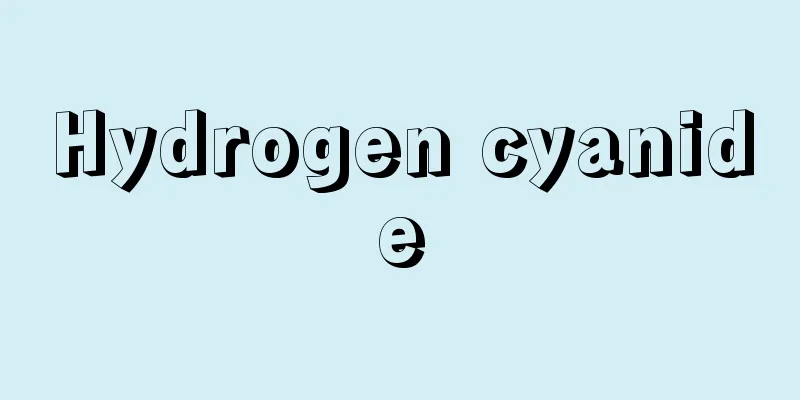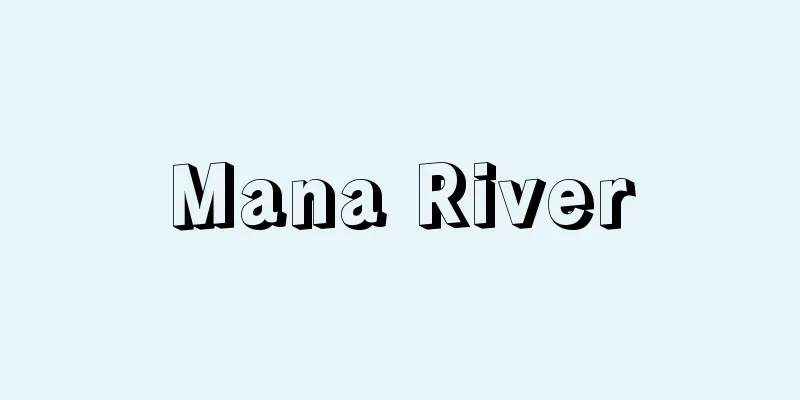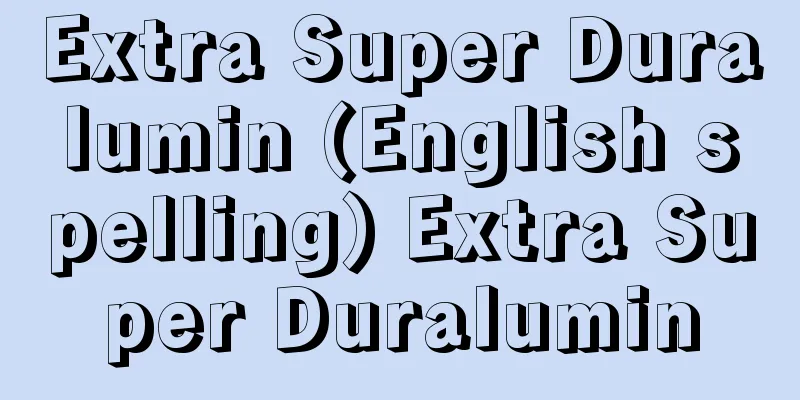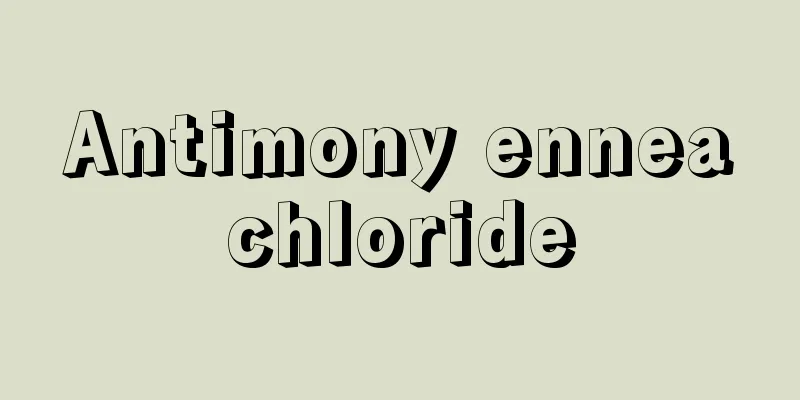Hydrogen cyanide

|
Hydrogen cyanide. Also called forminitrile. Commonly known as hydrogen cyanide or hydrogen cyanide gas. Found in plum fruits as amygdalin and other glycosides. It is obtained by reacting potassium cyanide or calcium cyanide with acid, but industrially it is made by reacting a mixture of methane, ammonia, and air at 1000°C under normal pressure in the presence of a platinum catalyst. It is also obtained as a by-product in the manufacture of acrylonitrile from propylene. It is one of the small molecules contained in the primordial atmosphere and is thought to be the starting material for biologically important compounds. It is a colorless, volatile liquid. Its dielectric constant is extremely high, so it dissolves salts well. It has a distinctive odor and burns with a purple flame when ignited. The liquid is unstable and polymerizes to become a dark brown explosive solid if stored for a long time. In the solid state, hydrogen cyanide molecules form infinite chains through hydrogen bonds. A considerable amount of hydrogen bonds remain even in the liquid. It can be mixed with water, ethanol (ethyl alcohol), ether, etc. in any ratio. The aqueous solution is weakly acidic, and this liquid is called hydrocyanic acid or, more commonly, hydrocyanic acid. It is used in the synthesis of inorganic cyanides such as sodium cyanide, methyl methacrylate, hexamethylenediamine, lactic acid and lactate esters, α-amino acids, and polyaminocarboxylic acids such as EDTA (ethylenediaminetetraacetic acid), and is also used as an insecticide. It is highly toxic and must be handled with care. It is absorbed through the skin as well as inhaled. If inhaled, it is said to cause instant death at 270 ppm, death within 30 minutes at 135 ppm, and danger or death within 30 minutes to 1 hour at 110 to 135 ppm. The maximum allowable concentration is 10 ppm. When present in the air, it can be detected with test paper. It turns benzidine-copper acetate test paper blue, methyl orange-mercuric chloride test paper orange to pink, and picric acid-sodium carbonate test paper yellow to purple. [Kenichi Morinaga and Katsunori Nakahara] [References] | | | | | | [Supplementary information] |Source: Shogakukan Encyclopedia Nipponica About Encyclopedia Nipponica Information | Legend |
|
水素のシアン化物。ギ酸ニトリルともいう。俗称青化水素、青酸ガス。アミグダリンなどの配糖体としてウメの実などに含まれる。シアン化カリウムやシアン化カルシウムに酸を作用させて得られるが、工業的にはメタン、アンモニア、空気の混合物を、白金触媒の存在下に、常圧、1000℃で反応させてつくる。プロピレンからアクリロニトリル製造の際の副産物としても得られる。原始大気中に含まれた小さな分子の一つで、生物学的に重要な化合物の出発物質と考えられている。無色の揮発性液体。液体は比誘電率がきわめて大きく、そのため塩類をよく溶かす。特有の臭気があり、点火すると紫色の炎をあげて燃える。液体は不安定で長時間貯えると重合して暗褐色の爆発性の固体となる。固体の状態では、シアン化水素分子は水素結合で無限大の鎖をつくっている。液体中でもかなりの程度水素結合が残っている。水、エタノール(エチルアルコール)、エーテルなどと任意の割合で混ざり合う。水溶液は弱酸性を示し、この液をシアン化水素酸あるいは俗称で青酸という。 シアン化ナトリウムなど無機シアン化物の合成や、メタクリル酸メチル、ヘキサメチレンジアミン、乳酸および乳酸エステル、α(アルファ)‐アミノ酸その他EDTA(エチレンジアミン四酢酸)などポリアミノカルボン酸の合成に用いられ、殺虫剤などにも使われる。猛毒なので取扱いには注意を要する。吸入だけでなく皮膚からも吸収される。吸入した場合、270ppmで即死、135ppmでは30分で死亡、110~135ppmで30分~1時間で危険または死亡するという。最大許容濃度は10ppmとされている。空気中に存在するときは試験紙で検出される。ベンジジン‐酢酸銅試験紙を青色にし、メチルオレンジ‐塩化水銀(Ⅱ)試験紙をオレンジからピンクに、ピクリン酸‐炭酸ナトリウム試験紙を黄色から紫色に変える。 [守永健一・中原勝儼] [参照項目] | | | | | | [補完資料] |出典 小学館 日本大百科全書(ニッポニカ)日本大百科全書(ニッポニカ)について 情報 | 凡例 |
Recommend
Rice cut-grass
...It grows in Japan, China and the southern part...
arg
...The angle between the incident light and the t...
Bril, M. (English spelling) BrilM
…Flemish landscape painter. Also spelled Brill. B...
Circular loom - Enkeishokki
…His invention not only contributed to the develo...
Prison
It meant confinement in a prison, and later came t...
Francesca Ti
French violinist. Also known as Francescatti. Born...
Lespinasse, Julie Jeanne Éléonore de
Born: November 9, 1732, Lyon Died May 23, 1776. A ...
Aeroflot Soviet Airlines (English)
...The civil aviation organization of the former ...
free alongside ship
…In the United States, for example, FOB New York ...
Levitan, II (English spelling)
...As a result of being liberated from academic c...
Cassius Gold - Cassius Gold
…However, its appearance varies depending on the ...
Battle of Kawanakajima
Storytelling. Also known by titles such as "K...
View of theatre
…Broadly speaking, it means a general view of dra...
Yafo
…A port city on the Mediterranean coast of Palest...
Phasianus soemmerringii intermedius (English spelling) Phasianus soemmerringii intermedius
…[Ryozo Kakizawa]. … *Some of the terminology tha...









